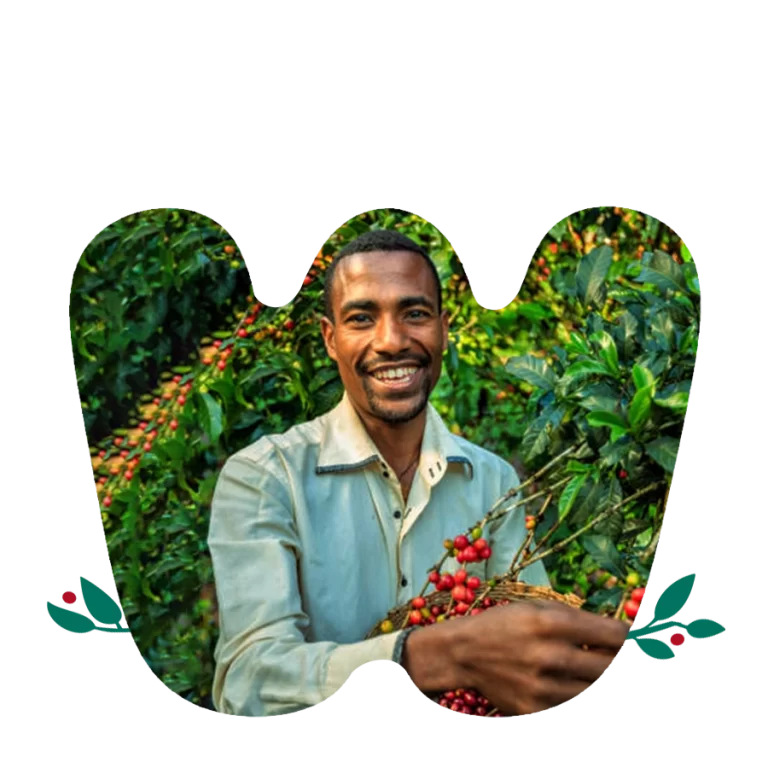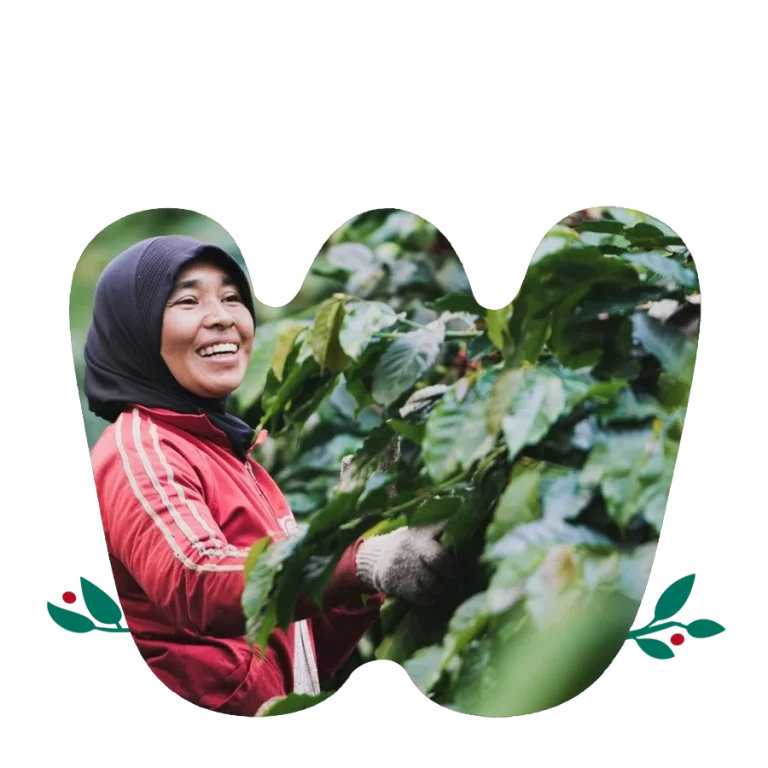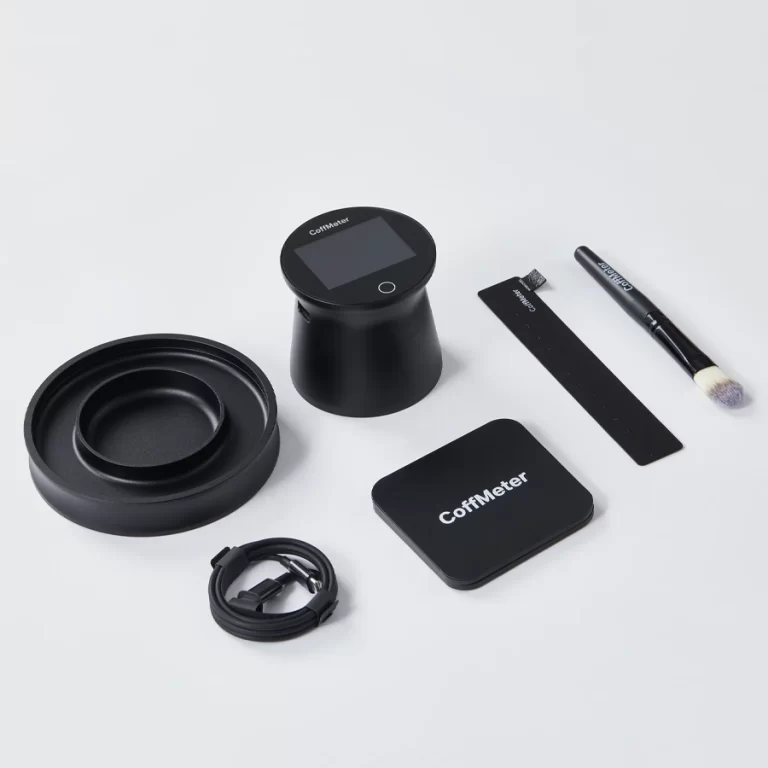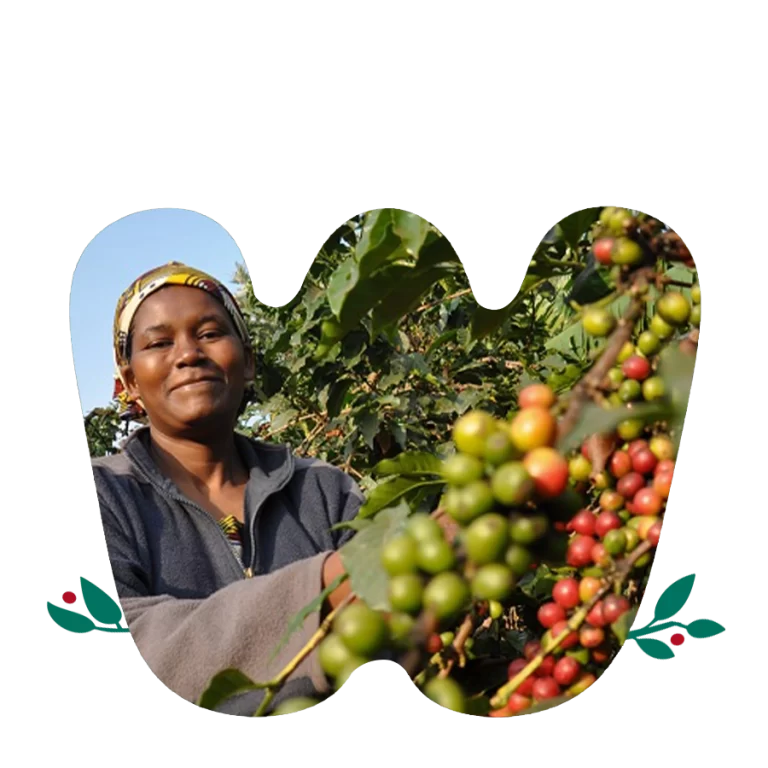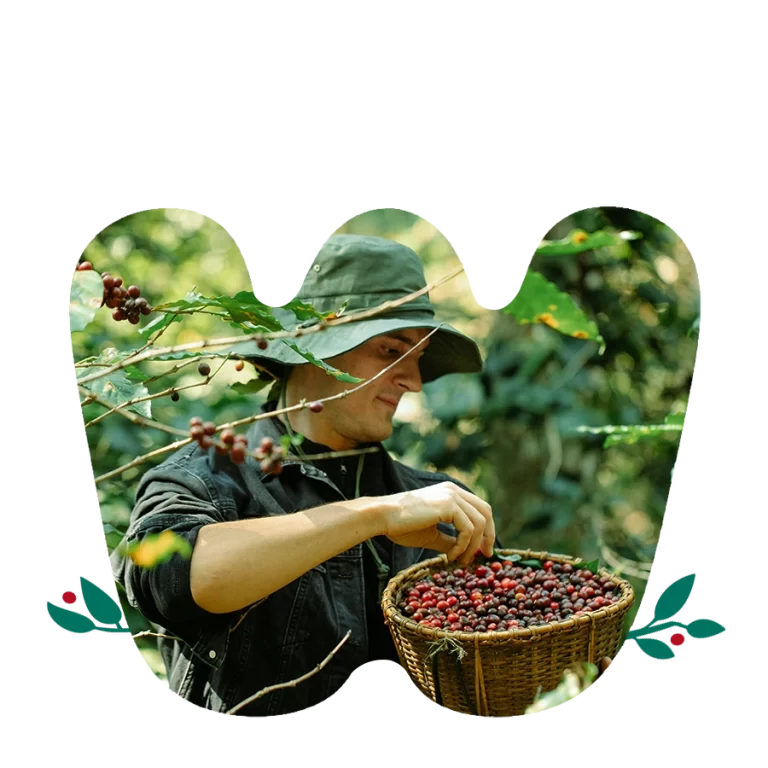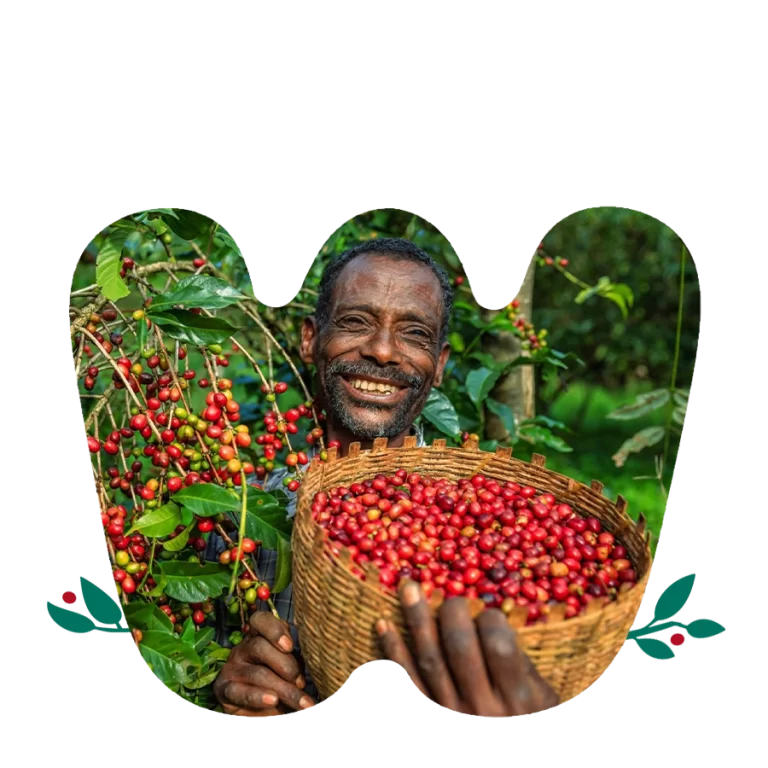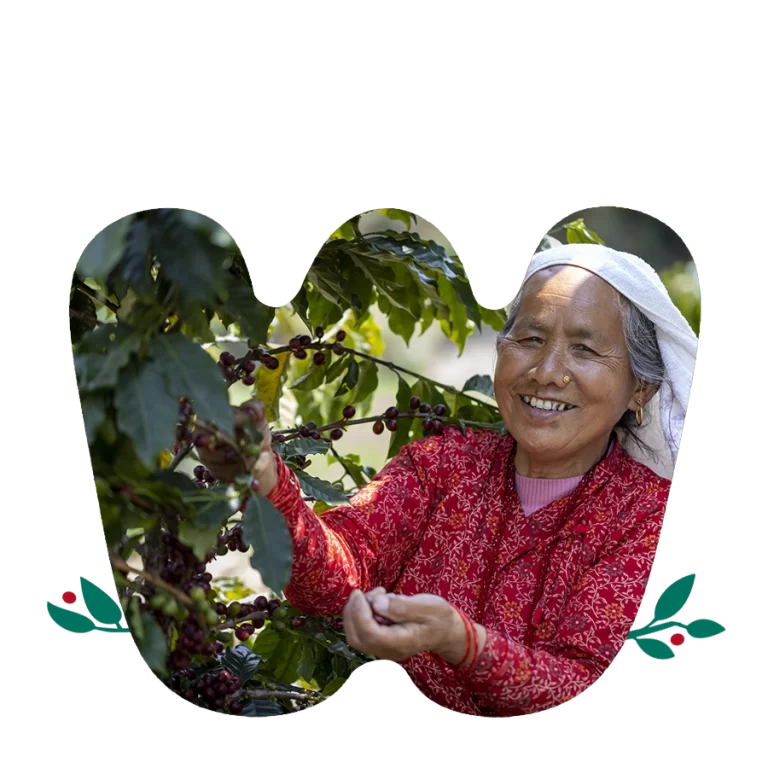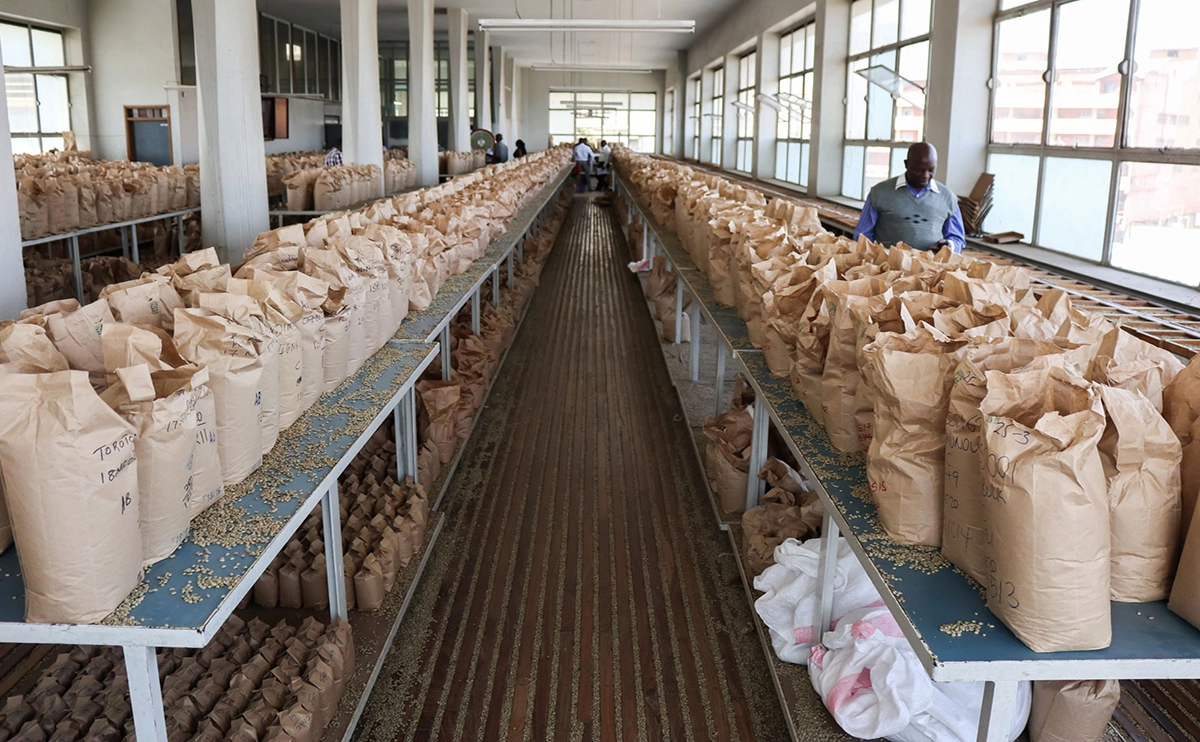Global Standards for Coffee Classification: Understanding Green Coffee Grading
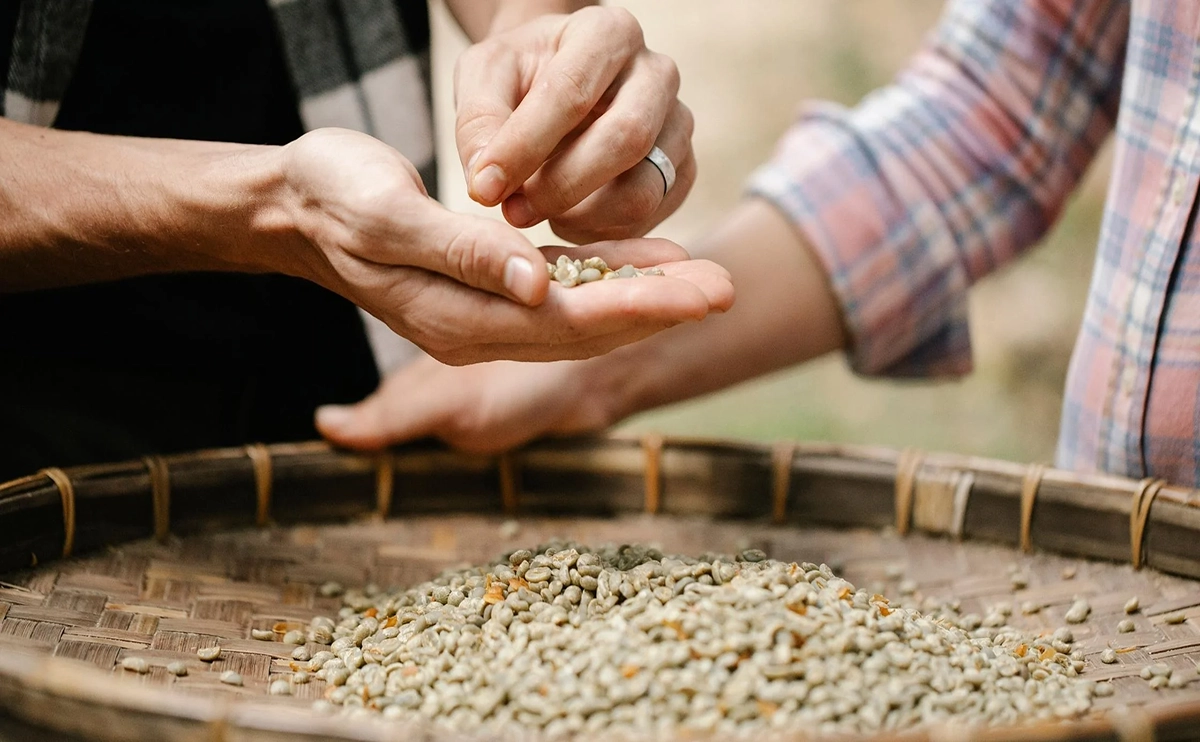
Why Coffee Classification Matters?
Coffee classification is not just a formality. It is a critical mechanism for maintaining quality, consistency, and transparency across the coffee supply chain. Producers use grading results to command higher prices and differentiate their offerings. Traders and exporters rely on classification to match buyers with the right coffees. Roasters use this data to predict how a bean will behave during roasting and how it may taste in the cup.
Moreover, green coffee grading reduces risk. By identifying defective or unstable lots early in the supply chain, stakeholders can avoid unpleasant surprises later—whether moldy flavors from excess moisture or uneven roasts due to size discrepancies. A standardized classification system ultimately allows for informed decision-making, fair trade, and a better experience for end consumers.
The SCA Green Coffee Grading System

Among all existing grading systems, the Specialty Coffee Association (SCA) model is the most influential in the specialty coffee sector. The SCA green coffee grading system relies on a precise protocol involving a 300g green bean sample. The beans are visually inspected for defects, measured for moisture, screened for size, and evaluated through a standardized cupping process.
In terms of defects, the SCA divides them into two categories:
- Primary defects: Examples include full black beans, sour beans, or large stones—each of which severely impacts cup quality.
- Secondary defects: These include broken, insect-damaged, or parchment-adhered beans, which are less serious but still relevant.
To qualify as specialty grade, the sample must have no more than five entire defects and achieve a cup score of 80 or above out of 100. This cup score is determined during cupping, where trained professionals evaluate attributes like aroma, sweetness, acidity, and balance.
Adola
Ana Sora
Boji
Buenavista
Finca El Ocaso
Finca La Esmeralda
Frailes
Gedeb
Hamasho
Hamasho Village
Defects and Misconceptions in Coffee Classification
One of the most misunderstood aspects of coffee classification is the role of visual defects. Many assume that bean size or lack of imperfections automatically translates into high quality. However, this is not always true. For example, a lot may be visually clean yet yield a flat or dull cup. On the other hand, smaller beans from high altitudes may be intensely flavorful despite slight imperfections.
Additionally, there’s a misconception that coffee with zero defects is always “specialty.” In reality, sensory attributes matter just as much. A coffee can be visually perfect but score below 80 during cupping, disqualifying it from the specialty category. Therefore, green coffee grading must balance physical and sensory evaluation to provide a complete picture of quality.
Other Global Standards: ICO and Regional Systems
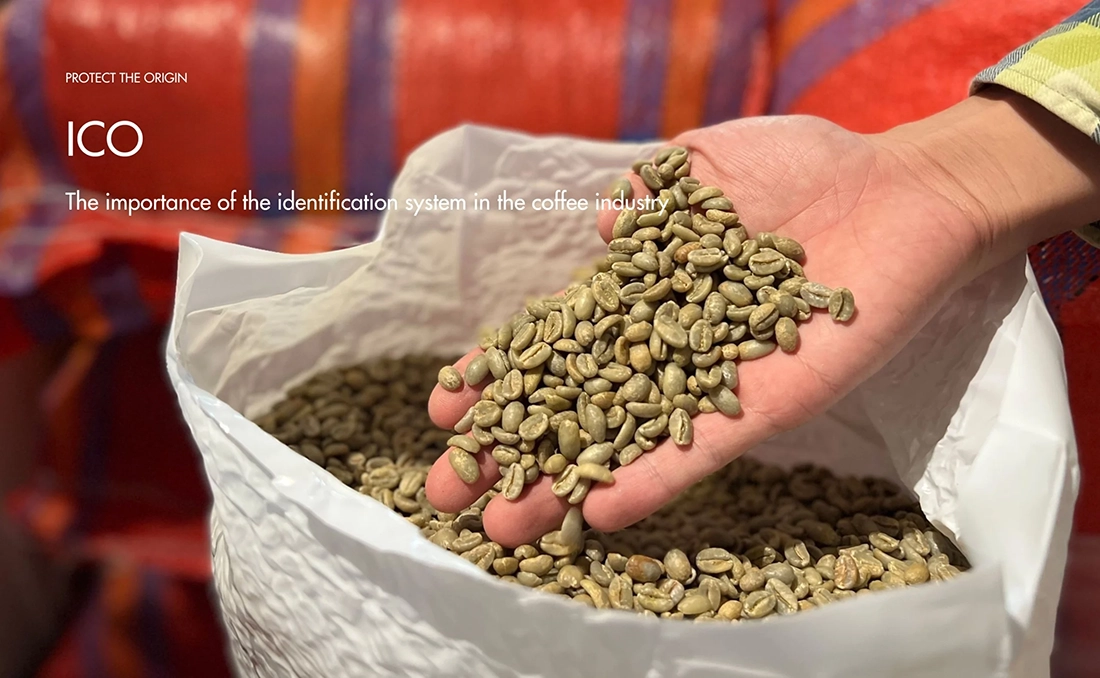
In contrast, regional systems—developed by national coffee institutes in producing countries like Brazil, Colombia, Kenya, and Ethiopia—tend to focus on parameters important to their local supply chains. These include screen size, bean color, moisture, and visible defects, but they often lack a globally harmonized sensory evaluation. For instance, a Grade AA in Kenya might imply high altitude and large bean size, but this does not necessarily equate to a high SCA cupping score.
What makes these systems distinct is how they balance trade practicality with quality assurance. Unlike the SCA standard that emphasizes sensory excellence, many local systems are built around logistical classification, aimed at ensuring uniformity in export shipments and supporting pricing mechanisms based on physical attributes rather than cup profile.
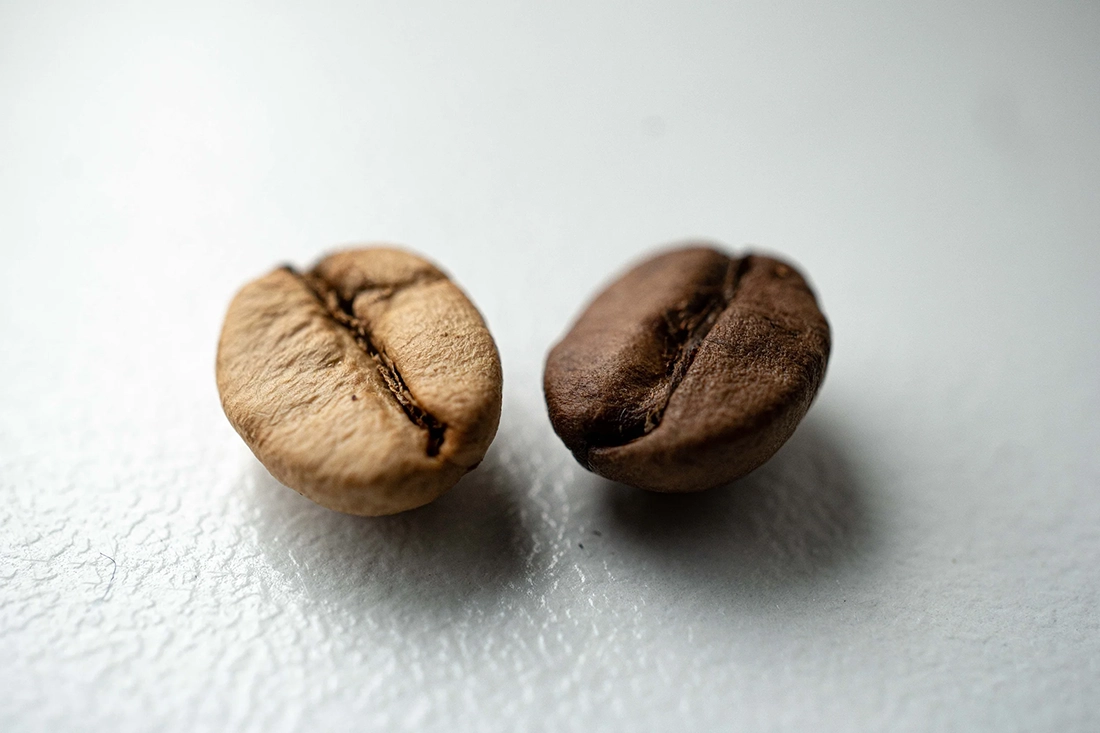
While the SCA has set the benchmark for specialty coffee grading, it’s important to recognize that other global and regional frameworks also play a role in coffee classification. These systems vary significantly in structure and intent, reflecting the diverse economic, agricultural, and cultural contexts of producing countries.
The International Coffee Organization (ICO), for example, does not offer a specialty-focused standard but rather provides a general classification for commercial trade purposes. The ICO’s primary aim is to standardize the language and expectations around green coffee in bulk commodity trade. Its framework categorizes coffee mainly by origin, preparation method (washed vs. natural), and physical defects, without deep attention to sensory quality.
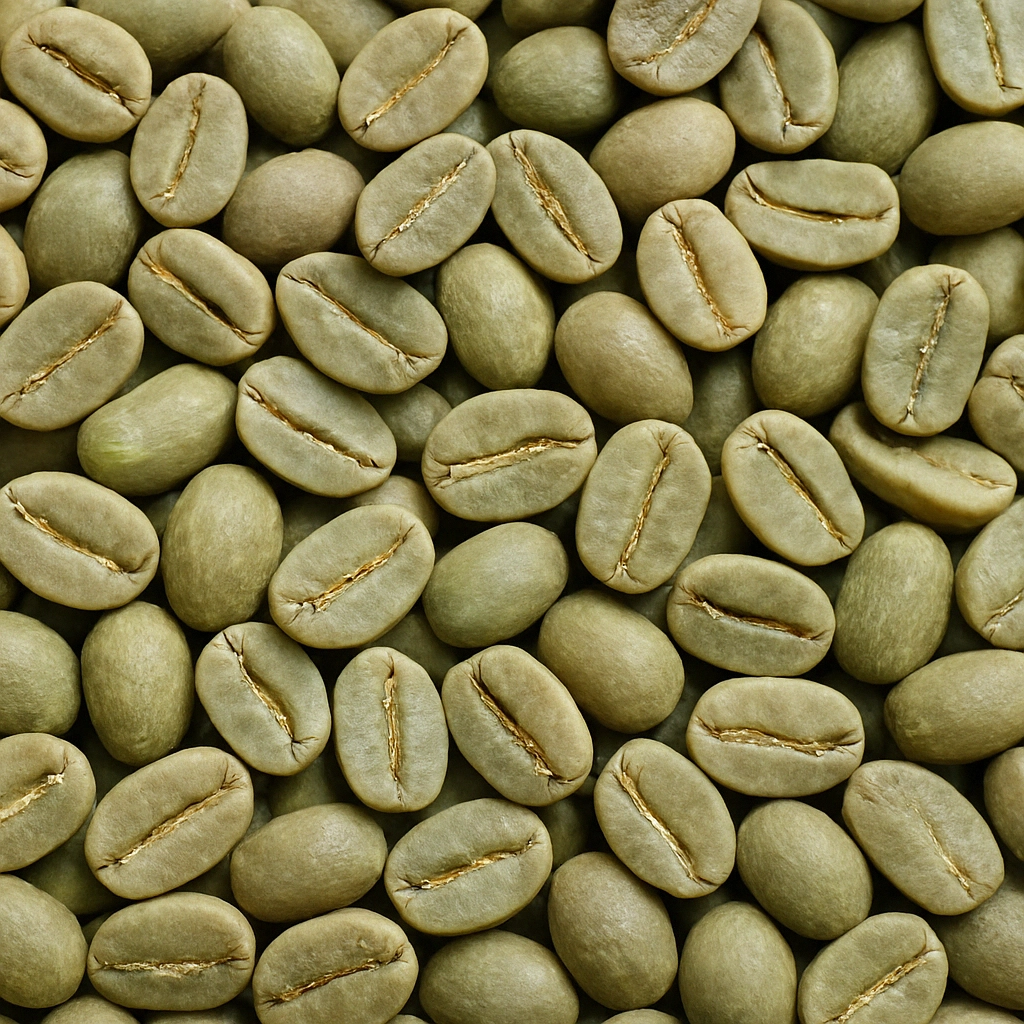
This variation in standards poses both a challenge and an opportunity. While it complicates cross-market comparisons and global transparency, it also allows producers and exporters to design grading systems that work best for their domestic contexts. The future of green coffee grading may well lie in building bridges between these systems—leveraging both scientific rigor and local realities to foster a more transparent and inclusive market.
Innovations and Future Trends in Coffee Grading

The coffee industry is gradually adopting new technologies to refine classification systems. AI and machine vision tools can now detect defects with greater speed and consistency than manual sorting.
Meanwhile, discussions around global standardization are gaining momentum. There is a growing consensus that while local context is important, universal grading language is essential for transparency and fairness. As specialty coffee continues to grow, these innovations will likely play a central role in shaping the next generation of grading practices.
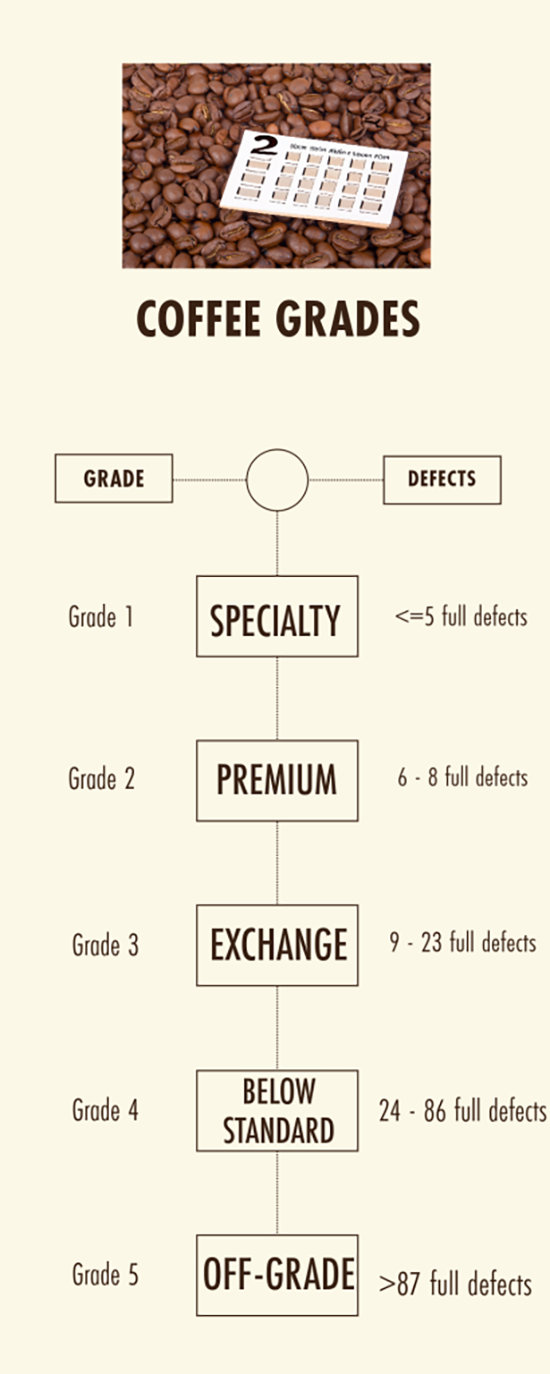
Conclusion: Why Coffee Classification is Essential
Coffee classification is both a technical process and an interpretive skill. While systems like the SCA provide robust frameworks, human judgment and context still matter. By combining measurable criteria—such as moisture content and defect count—with sensory evaluation, the specialty coffee sector has created a more equitable and rewarding ecosystem for producers and consumers alike.
At WOD Specialty Coffee, our blog serves as a reliable resource for professionals and enthusiasts who want to deepen their understanding of specialty coffee grading and beyond.

